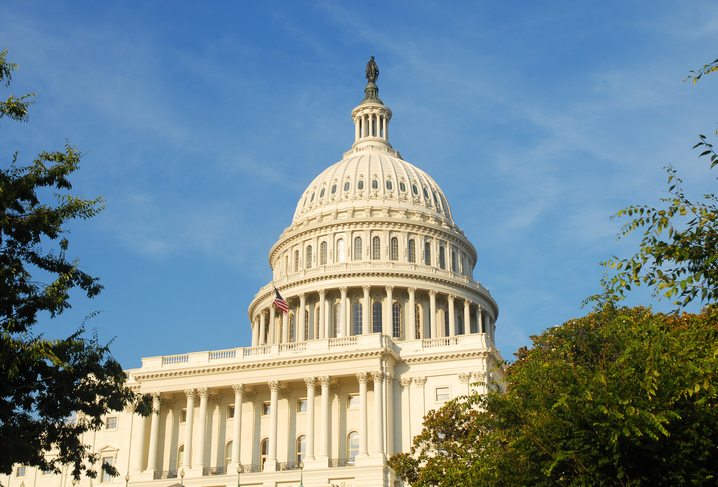The S&P 500 2021 positive +26.89%, while the Nasdaq Composite finished +21.39% and the Dow finished the year +18.73%. The year, while it seemed volatile because of headline news, only had one pullback greater than 5%. The average is 3 dips in the market that land between -5% to -10%, so this year was unusually calm in the markets. I perused through the pundit projections for 2021 from this time last year and only found one that projected double-digit returns. That just goes to show you how cloudy everyone’s crystal ball has been. The bond yields closed the year at 0.73% for the 2-year, 1.51% for the 10-year, and 1.90% of the 30-year U.S. Treasury (T-Bills).
Since 1926 the market as measured by the S&P 500 has experienced annual negative returns 26% of the time and positive annual returns 74% of the time. As I assess the previous 20 years the market has experienced negative returns 5 of the 20 years or 25% of the time. It occurs to me that since 2011 the market has had only 1 negative year, 2018. There were some near misses; 2011 finished positive 2.1% and 2015 finished +1.4%. As a student of statistics and the markets, I always expect trends to revert to the mean. Mean reversion is a financial theory positing that asset prices and historical returns eventually revert to their long-term mean or average level. That said, could 2022 be a negative year in the market? As some would say, we are about due. I do not want to imply that I expect the market to be negative, in fact, most Wall Street Pundits that publish their “Year Ahead” outlook have been predicting returns around the 5% – 7% area for 2022. What could cause a negative year? Let me count a few ways: Inflation is a worry, new strains of Covid, trouble with Russia, trouble with China, valuations are rich, earnings could soften if the economy softens, etc. There are many things to worry about that could adversely affect the market. As one of my clients who is a retired advisor says, “there are 1000 reasons the market could drop, there is only one reason for it to go up…..good earnings”.
Fun Facts for January: As part of his reform, Julius Caesar thought it would be appropriate for January, Janus’s namesake month, to be the doorway to a new year, and when he created the Julian calendar, he made January 1 the first day of the year (this also put the calendar year in line with the consular year, as new consuls also took office that day) and also because Janus, who was the Roman god of beginnings, had two faces which allowed him to look back into the past and forward into the future.
New Year’s resolution: Think positive & test negative (for Covid or any other adverse health problem)
Check out my monthly MarketWatch blog at: https://wsmtexas.com/marketwatch
Have a question? Let me know! Email me at kcompton@wsmtexas.com.

